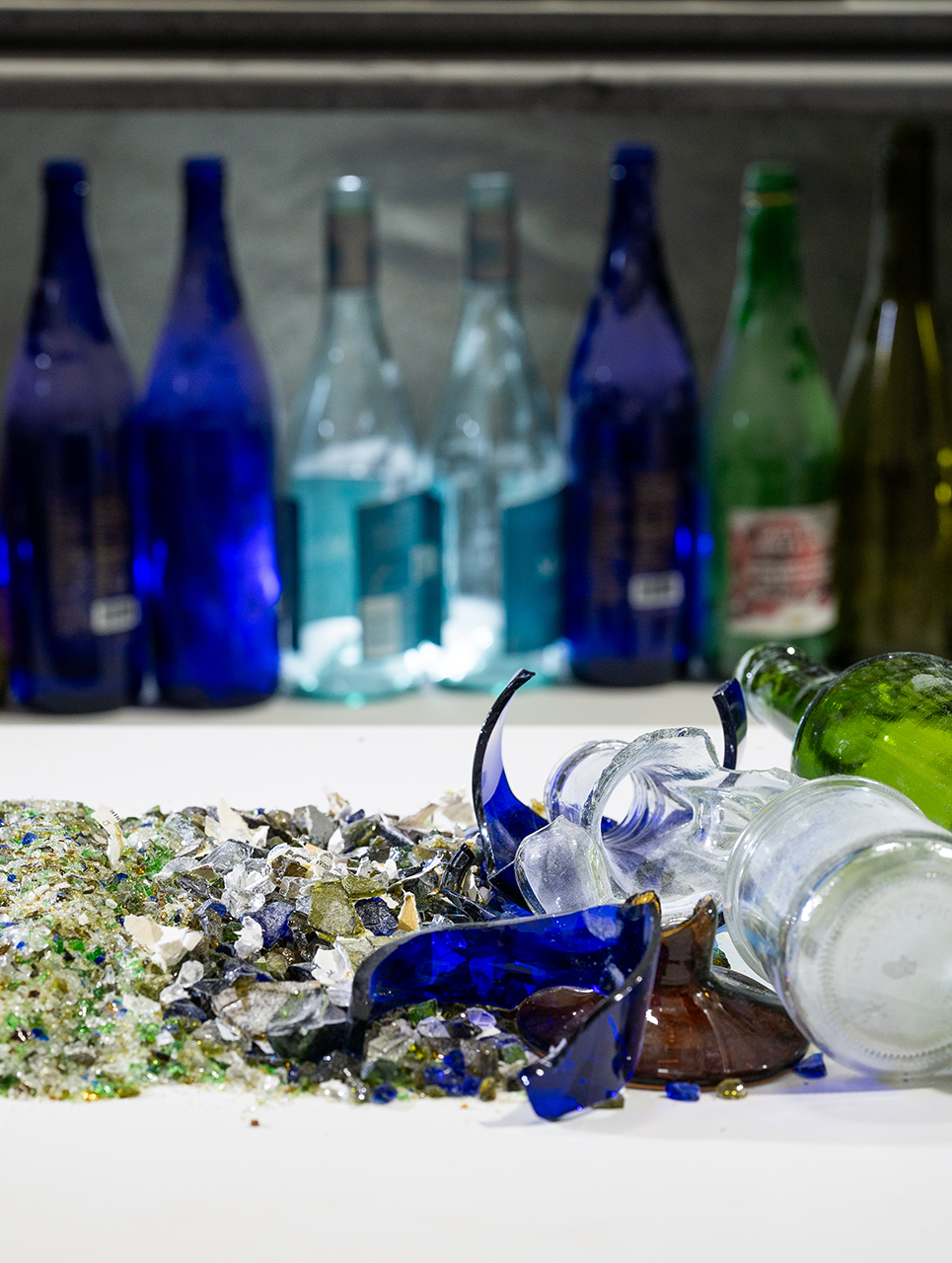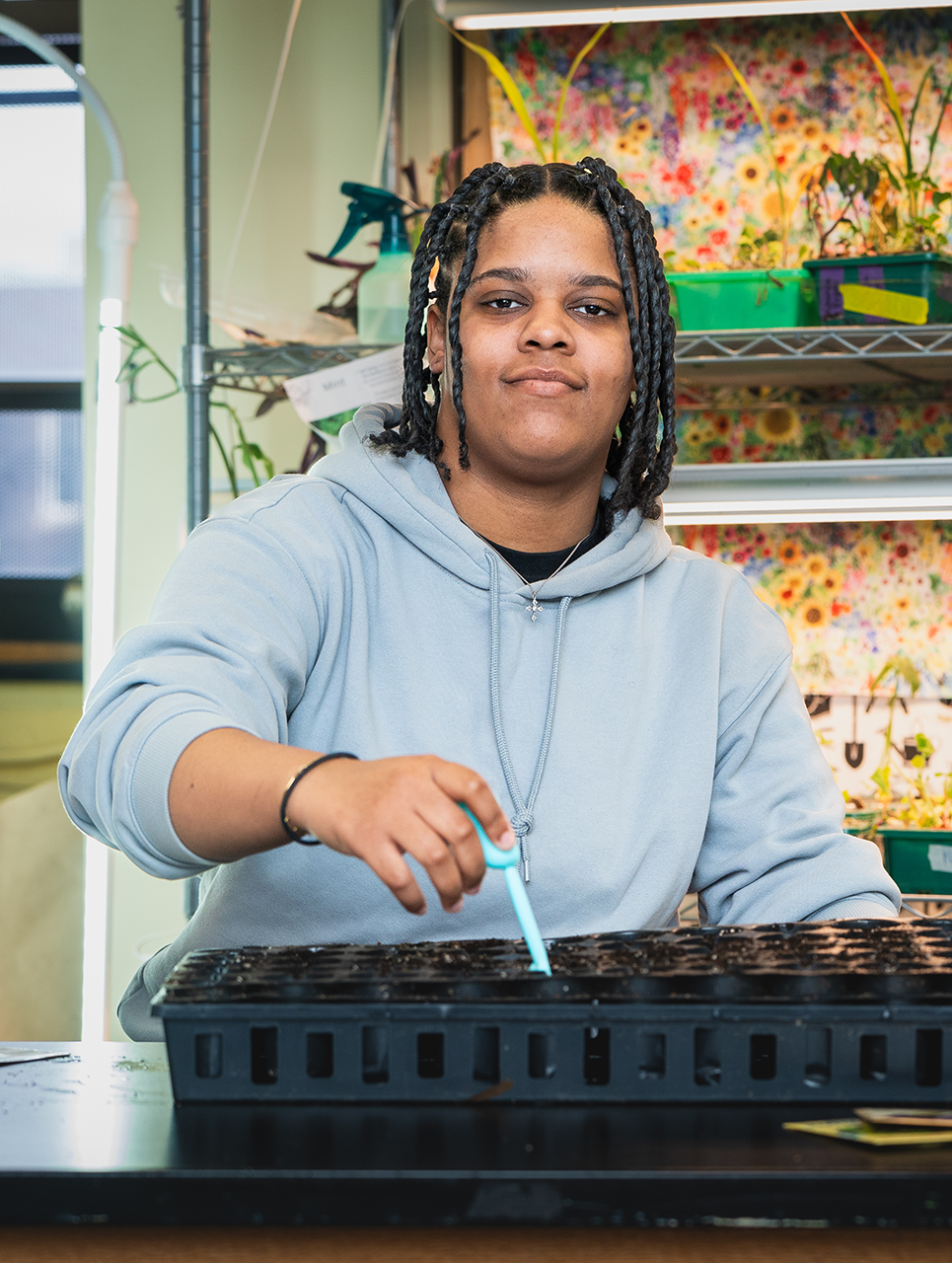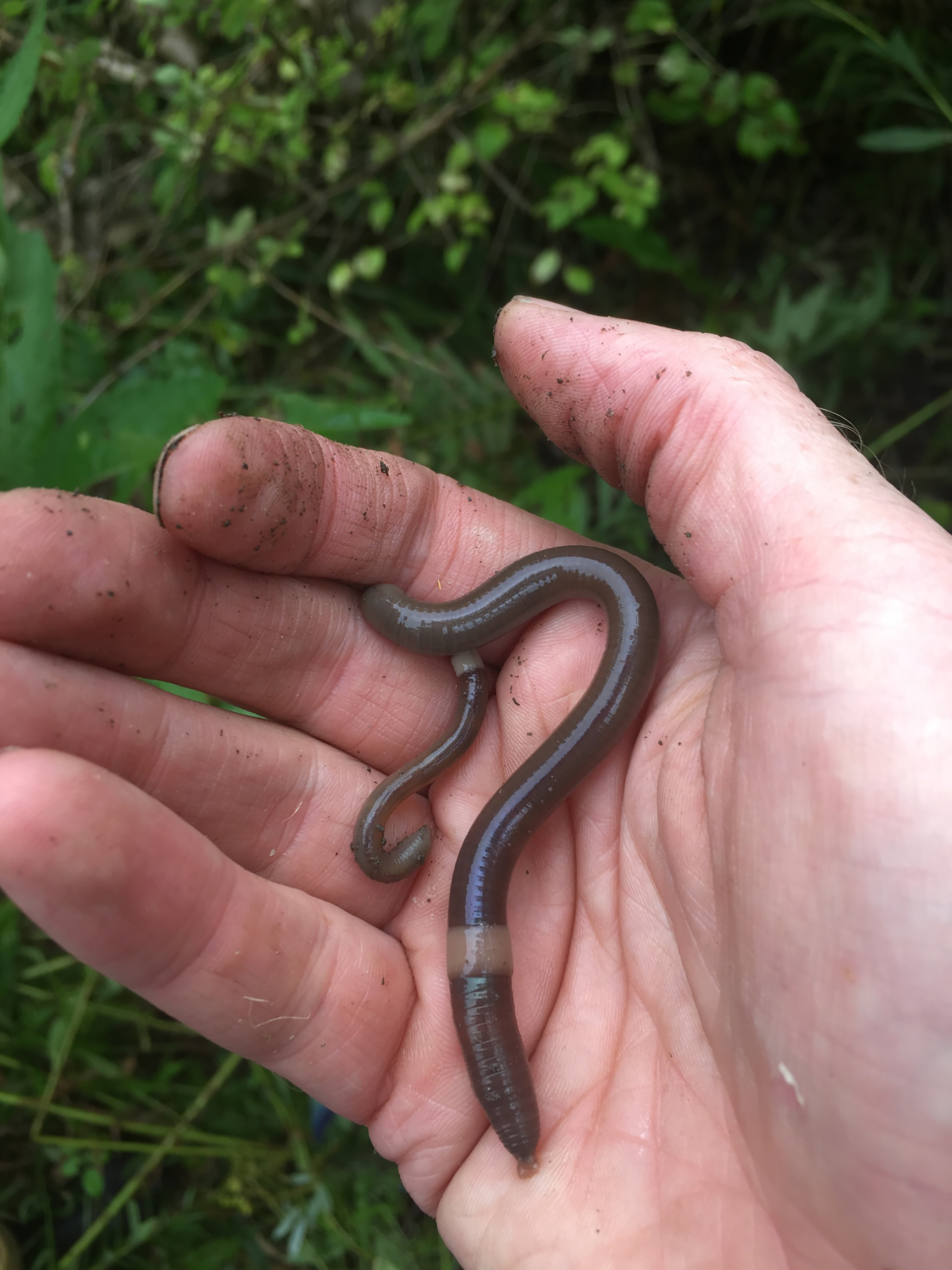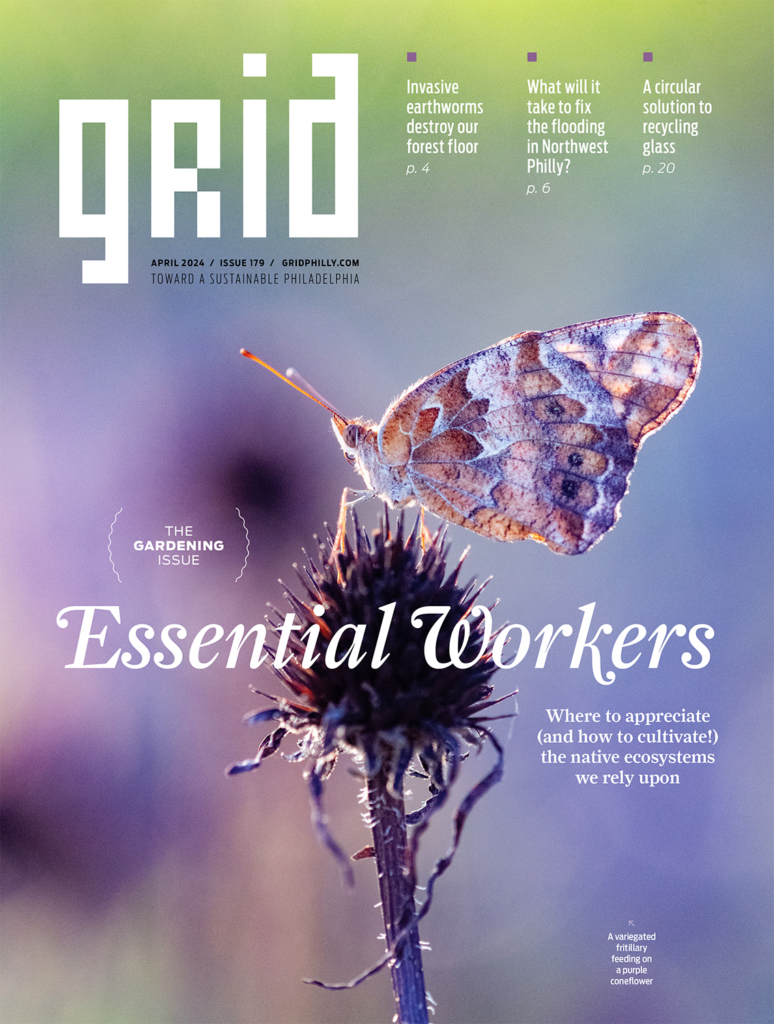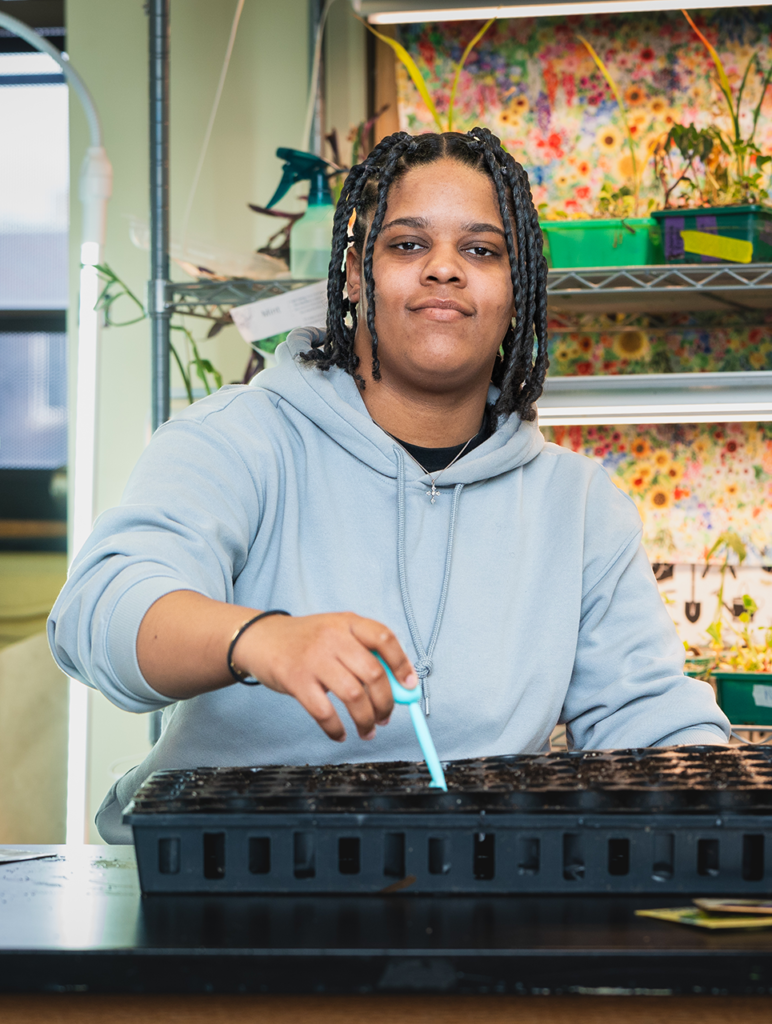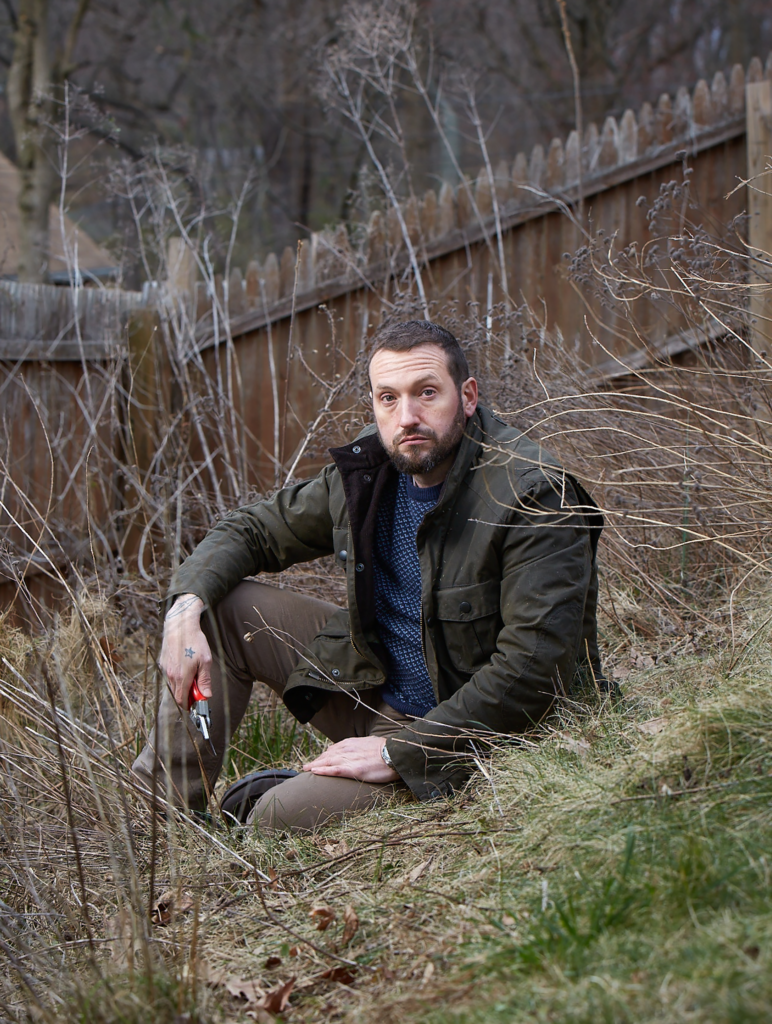The rain garden along Kelly Drive looks like any other installed by the Philadelphia Water Department: A mix of wildflowers, grasses, reeds and sedges grow in a shallow basin designed to soak up stormwater. The soil in which the plants sink their roots is what makes this particular garden unique. The two-foot-deep mix of compost and sand is part of a pilot to develop circular soil using recycled glass.
The thriving plants suggest the pilot is a success; the question now is how to turn it from promising experiment to industrial-scale solution.
Sand, and how we mine it, creates industrial-scale problems. Mined sand is all around us, but mostly out of sight. Sand makes up the glass jar your pickles came in; sand is buried under landscaping to improve drainage; an enormous quantity of sand is embedded within roads and buildings made of concrete.
Add it all up, and humans extract 50 billion tons of sand every year — loaded off of dunes and beaches, dredged from rivers and dug out of the ground. The only natural resource humans use more of than sand is water. The environmental costs are enormous, including the direct impact on the mining sites as well as the emissions created by transporting large volumes of an extremely heavy material.
The landscape architecture firm OLIN designs projects that use large amounts of sand. “We use so much of it when we do green infrastructure projects: for drainage but also soil,” says Rebecca Popowsky, a research associate at OLIN. As the firm sought ways to reduce the environmental impact of its projects, industrially-mined sand stood out as an input in need of a sustainable substitute.
The soil and sand market talks in millions of tons. Glass blowing [talks] in just tons.”
— Rebecca Davies, Bottle Underground
Glass sand looked like a promising candidate. Glass is made from carefully melted sand, and crushing it yields sand again. Glass sand has already been tested as a material for civil engineering projects such as a base layer under pavement, so it seemed like a short leap to using it in landscaping. The existing research showed it was safe to put in the ground, “so that’s 80% of the way there,” Popowsky says. “But if we put it in the ground with plants, would that work?”
Glass is made almost entirely from silica-based sand, but small quantities of other elements get added to facilitate manufacturing or to adjust the properties of the finished product, such as cobalt to produce a deep blue color. No one knew whether sand used in soil would leach those chemicals into the stormwater. And if so, would those chemicals affect the plants?
A test installation could answer those questions, but first OLIN needed to find a local source of glass. What Philadelphians chuck in their blue bins wouldn’t work. Glass collected through single stream recycling gets crushed in the back of garbage trucks together with plastic, paper, and the food contaminating all of the above. They needed cleaner glass.
Ultimately OLIN found that uncontaminated supply of glass at the Bok Building in South Philadelphia. There, the Bottle Underground takes in glass containers from small businesses and households. Some of the vessels are used by the Underground’s for-profit sister organization, Remark Glass, to blow new glass products. Some are washed and sold intact for reuse, say to fill with wax for candle making. But some of the glass isn’t suited for either use.
Using a crushing machine purchased with grant funding, the Bottle Underground pulverizes the glass into sand. Unlike the tiny shards left on your floor when you drop a glass in the kitchen, the sand particles are smoothed by the crushing process.
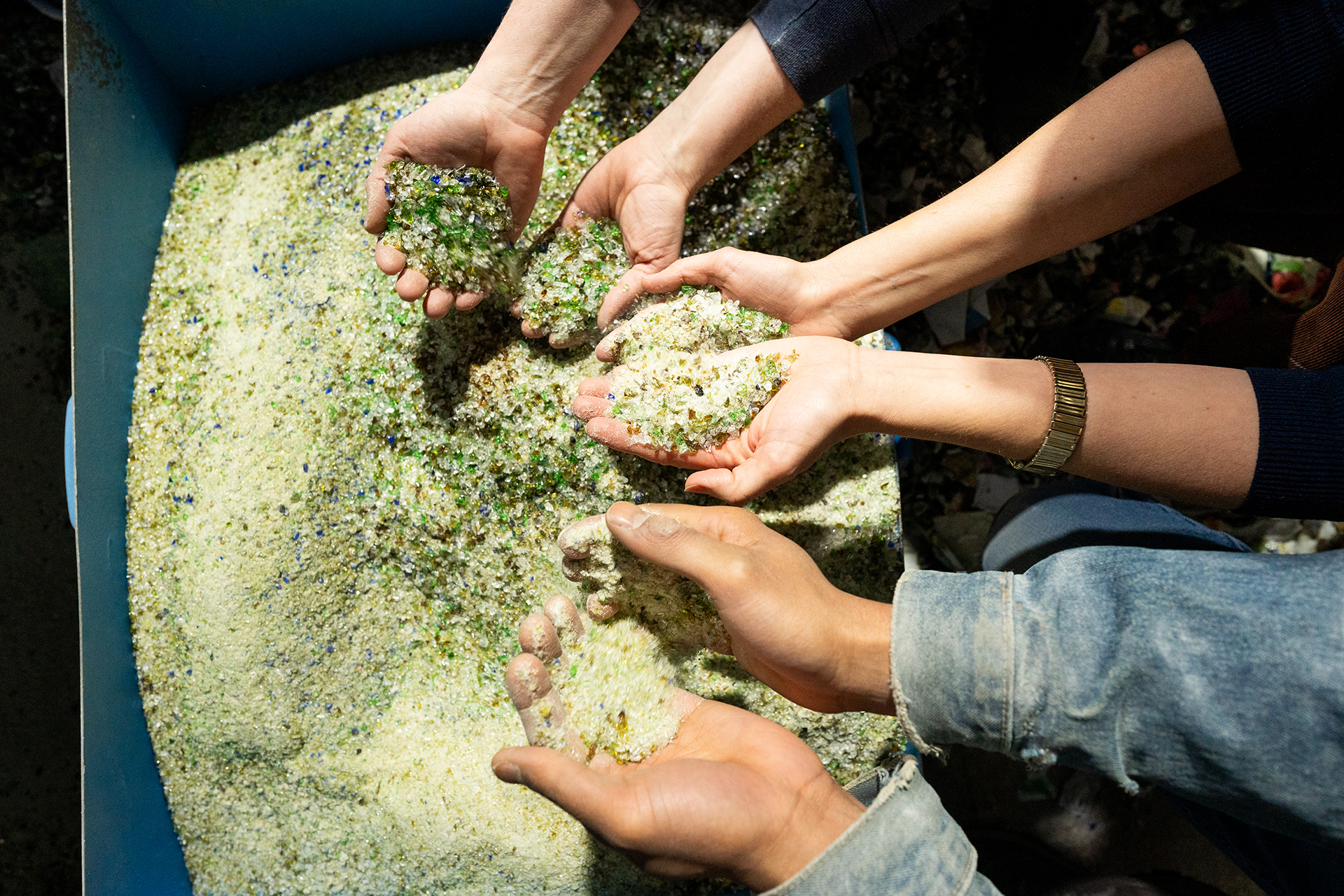
In 2022 OLIN tested soil made from the glass sand in a drainage basin that was being retrofitted after having been damaged by Hurricane Ida. They found that the glass-sand soil performed pretty much the same as the soil made from natural sand. Water drained similarly, the plants grew about as well, and although measured levels of metals were slightly higher in the experimental soil, these levels were still well below the PA Department of Environmental Protection’s thresholds for residential soil.
Now the hard part is figuring out how to scale up recycled glass sand production. In the final report on the pilot, OLIN writes that its success can encourage public and private entities to demand glass-based sand in their construction projects, thus creating more demand.
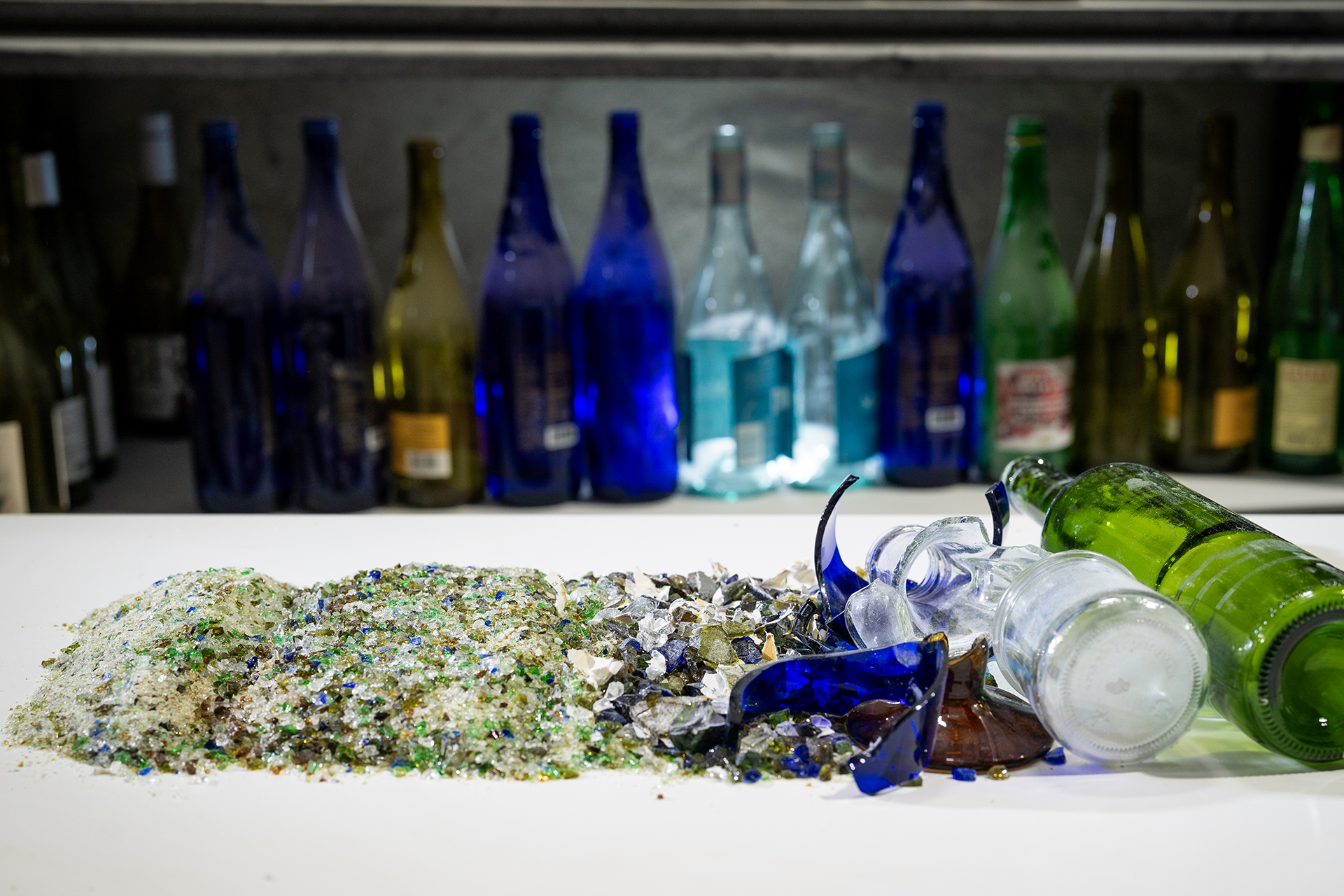
The hope is that large materials recovery facilities (MRFs, or murfs) that take in municipal recycling could be persuaded to produce glass-based sand, but they would still have to solve the current back-of-the-truck contamination problem. Even assuming that they could supply glass clean enough to produce soil-worthy sand, the glass-based sand would still likely not be competitive with mined sand purely on price. “If the intention is to make glass sand competitive, that’s a challenge since we’re creating sand, not just moving it once. Is this market going to tolerate honest pricing for the product, not just commodity pricing?” says Rebecca Davies, co-founder of Bottle Underground.
Bottle Underground continues to pulverize glass into sand in the basement of Bok, but there is no immediate way they can increase the volume to a scale suitable for widespread use in landscaping and construction, “The soil and sand market talks in millions of tons,” Davies says. “Glass blowing [talks] in just tons. For the pilot our scale of intake was sufficient.”
Popowsky says that OLIN has not tested mixes for vegetable gardening or residential use. Bottle Underground does plan to offer bags of glass-based sand for sale starting in April, making it possible for gardeners to mix up their own soil using glass-based sand and run their own homegrown pilots.

